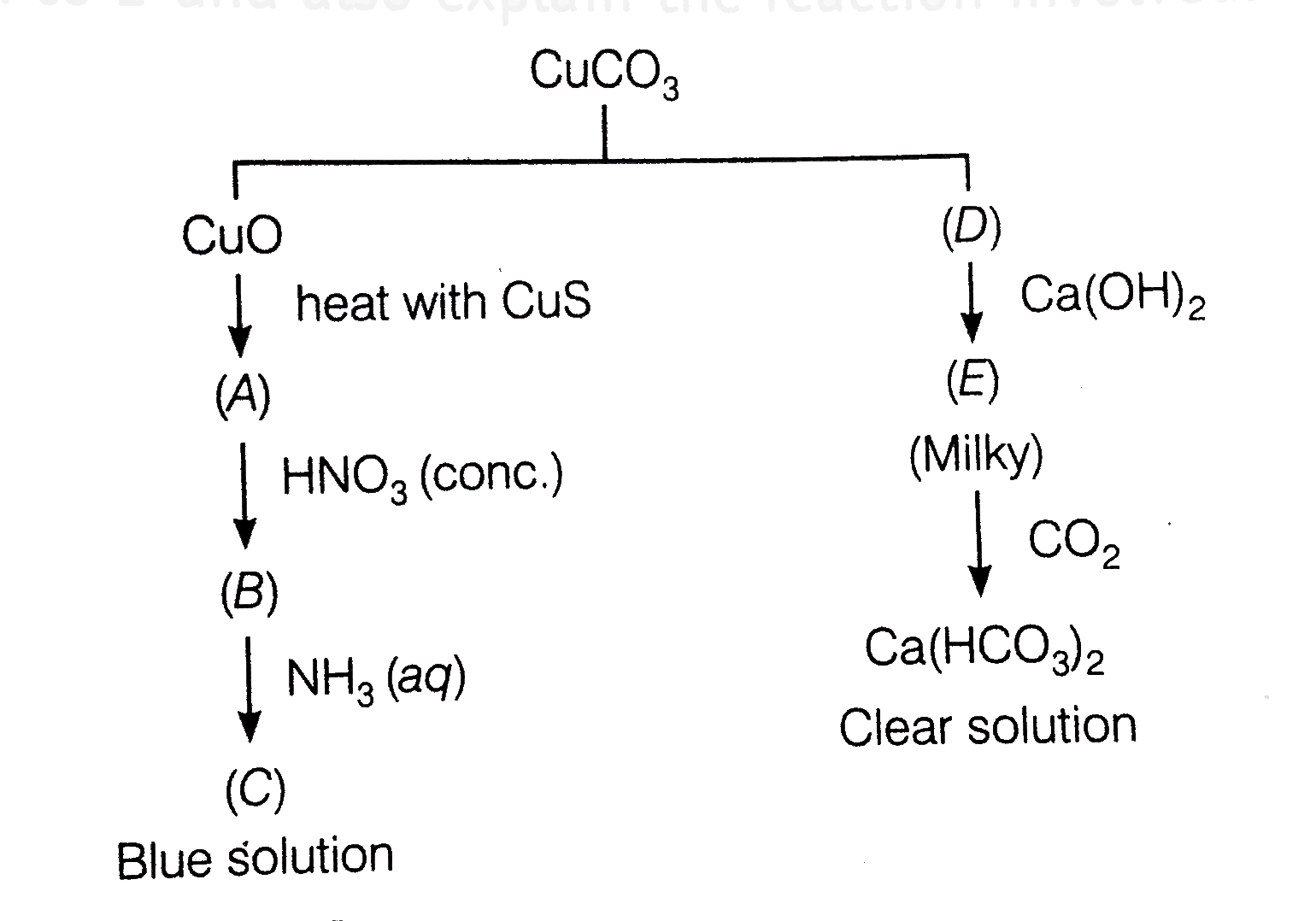Text Solution
Verified by Experts
Topper's Solved these Questions
D-AND -F BLOCK ELEMENTS
DINESH PUBLICATION|Exercise Additional Important Question|28 VideosD-AND -F BLOCK ELEMENTS
DINESH PUBLICATION|Exercise Question From Board Examination|85 VideosD-AND -F BLOCK ELEMENTS
DINESH PUBLICATION|Exercise Short Answer type questions.|20 VideosCYANIDES, ISOCYANIDES, NITROCOMPOUNDS AND AMINES
DINESH PUBLICATION|Exercise Unit test - 8|20 VideosELECTROCHEMISTRY
DINESH PUBLICATION|Exercise ADDITIONAL NUMERICAL PROBLEMS FOR PRACTICE|12 Videos
Similar Questions
Explore conceptually related problems
DINESH PUBLICATION-D-AND -F BLOCK ELEMENTS-Long answer type Question
- Identify A to E and also explain the reaction involved.
Text Solution
|
- When a chromite ore (A) is fused with sodium carbonate in free excess ...
Text Solution
|
- When an oxide of manganese (A) is fused with KOH in the presence of an...
Text Solution
|
- On the basis of lanthanoid contraction, explain the following: (i)...
Text Solution
|
- Answer the following questions (i) Which element of the first transi...
Text Solution
|
- Mention the type of compounds formed when small atoms like H, C and N ...
Text Solution
|
- (a) Transition metals can act as catalysts because these can change t...
Text Solution
|
- A violet compound of manganese (A) decomposes on heating to liberate o...
Text Solution
|
